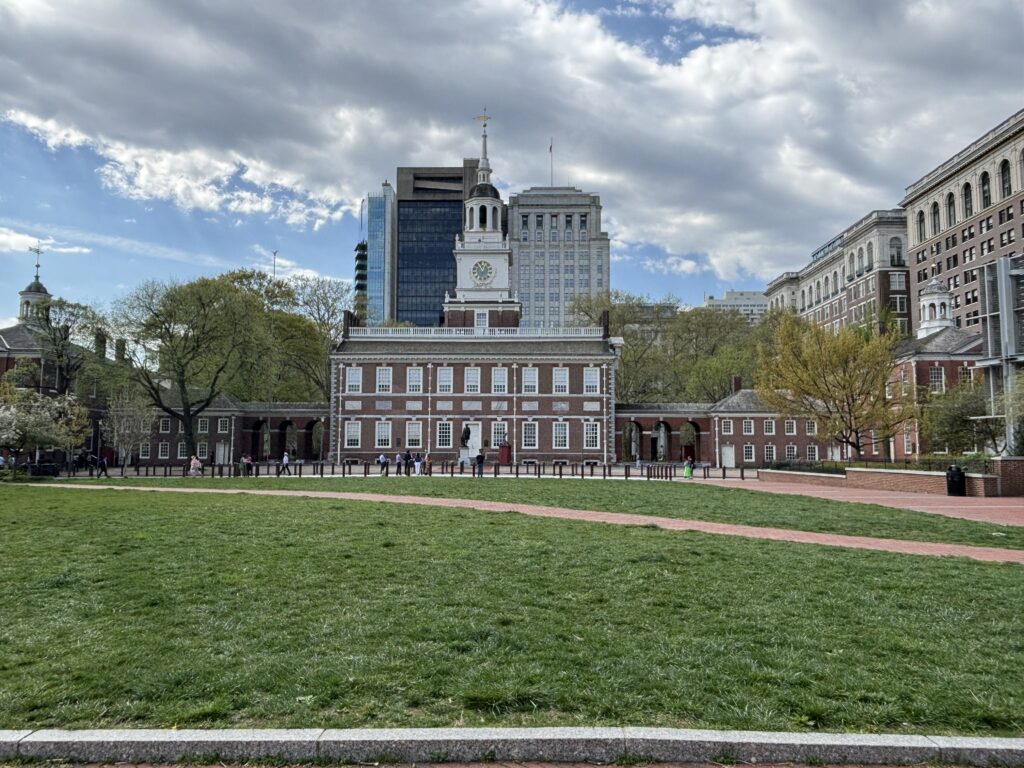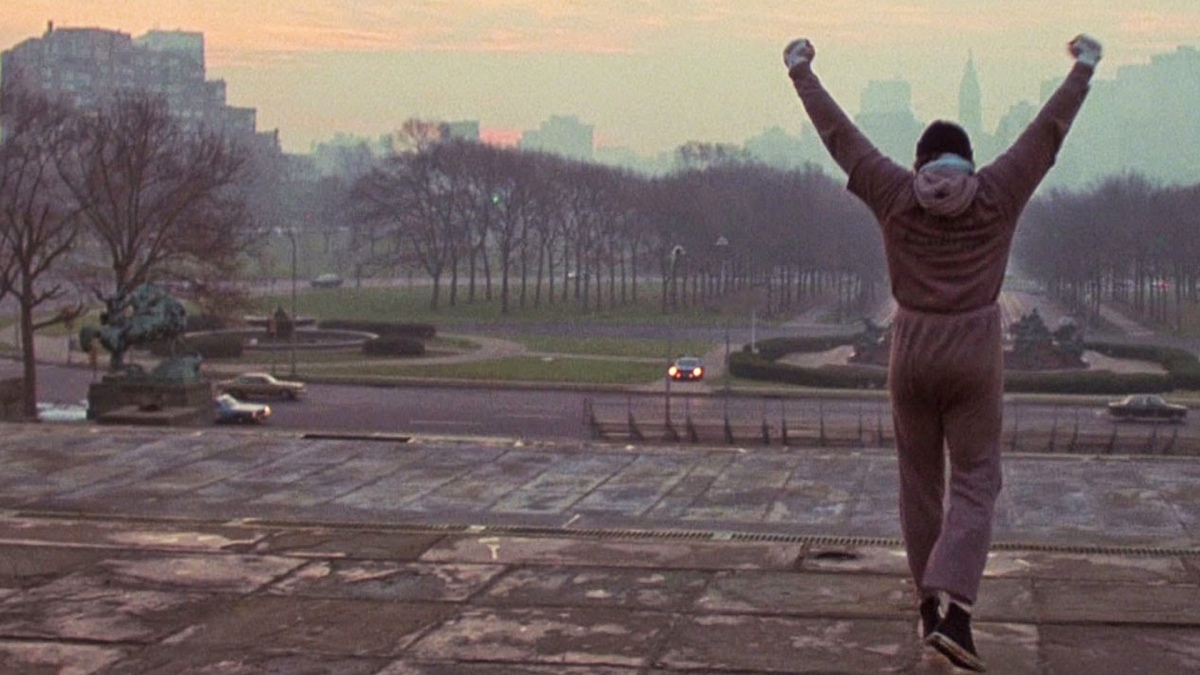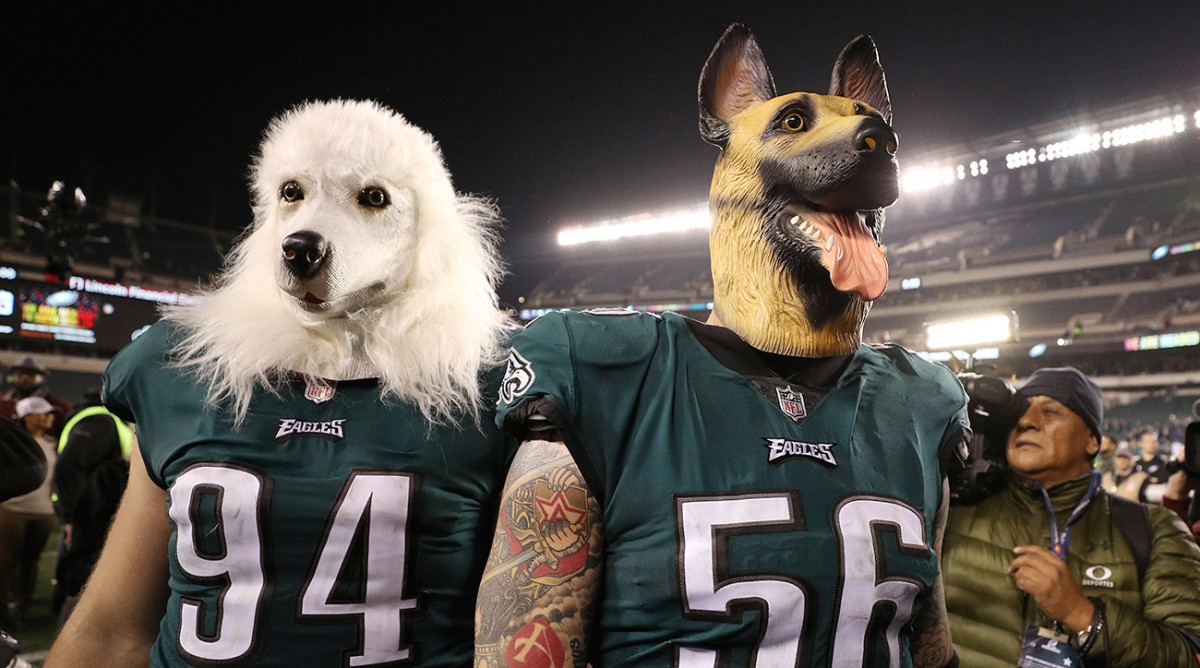Introduction
Whenever I go somewhere and introduce myself, I say the following, “Hey, my name is Andrew DePietro; I am from Allentown, PA… which is about an hour out from Philly.” The following responses then go a little like this; “Philly, the city of Brotherly Love,” “Philly! Pat’s or Geno’s?” Or “Philly! I love the movie Rocky.” I can’t help but laugh as this is a universal experience for those who live in the surrounding areas of the city, but it makes you think about what about the city stands out to people and what people recognize most about the city of Philadelphia. Aside from being the city of brotherly love, the city of Philadelphia should be recognized as the city of underdogs, as the essence of the underdog reigns heavily throughout the city through its history, pop culture, and sports scene.
On February 8th, 2018, Jason Kelce, just days removed from winning the first Super Bowl in Philadelphia history, gave an electrifying speech where he said, “Know who the biggest underdog is? It’s y’all, Philadelphia.” Those words were pertaining to the very long wait Birds fans had to endure to see their team win the Super Bowl, but I can’t help thinking about how fitting that statement is for all of Philadelphia. Everyone knows that Philly is the city of Brotherly Love, as the name literally translates to “love” and “brother.” The last two city edition jerseys for the 76ers even had “City of Brotherly Love” on the front. However, Philadelphia’s history of being an underdog goes way before we were known as the city of brotherly love and even at the beginning of the country’s birth!
America’s First Underdog Story
Before Jason Kelce, the cheesesteak, whatever a jawn is, or any other Philly staples existed, Philadelphia looked a lot different. I like to imagine that where Maxi’s is, a popular bar for Temple students to go, used to be an outhouse for some random farmer. Philadelphia is one of America’s oldest cities and has a rich history. During the late 1700s, Philadelphia housed one of, if not the most important events in United States history, the signing of the Declaration of Independence. On July 4th, 1776, a day that was so hot that Thomas Jefferson had to make a pitstop at a store to get a thermometer, the Declaration was signed.
The Declaration signaled the separation of the 13 colonies from the British Empire. It was the informal start of the end of the Revolutionary War. The war didn’t officially conclude until six years after the document was signed. But the document stands as a statement of true underdogs. The belief that we would fight against a power much stronger than us and win was a philosophy of some of the first underdogs on American soil, and those beliefs were written in the city of Philadelphia. The Revolutionary War and declaration of independence from Britain is America’s first underdog story, originating in Philadelphia.

The Original United States Capital
From 1790 to 1800, Philadelphia served as the capital and the heart of the nation. Not only was it where the Declaration of Independence and Constitution were signed, but it was also a very accessible location for those traveling from both the North and South. However, in elegant Philadelphia fashion, things started to fall apart for the city. From struggling to pay soldiers for their service in the Revolutionary War, arguments over slavery, and public health and safety concerns, congress no longer wanted the nation’s capital in Philly. Eventually, the capital moved to its current day location, Washington D.C. Philadelphians tried just about everything to keep Philadelphia the nation’s capital, but not even an offer to build George Washington an enormous mansion would change the decision. Philadelphia now had its status revoked, just years removed from being the birthplace of the nation, and would live in the shadow of other cities as the United States started to grow and develop.
Rocky
Two hundred years after the conclusion of America’s first underdog story came another one. In 1976, the movie, Rocky, came out and won Best Picture with a budget of 1 million dollars. Set in Philly, Rocky is a powerful and influential story about a man who was given a shot, went the distance, and became somebody great. When figuring out where to have the movie take place, Sylvester Stallone, who wrote the script and starred in the film, chose Philly over his own birthplace of New York City and his current place of residence at the time, Los Angeles. Philly offered something those cities couldn’t; it gave a smaller, more tight-knit community that could be a launchpad to an underdog hometown hero. The truth is, it is hard to imagine an underdog in a city that is the entertainment capital of the world, where major money is being spent to produce major talent. It is also hard to imagine an underdog in the biggest city in America. But a city where not everyone is a star and not surrounded by riches is the perfect place to curate an underdog story, and that is a point that Stallone magnified with having Rocky set in Philadelphia. “I thought, you know, that Rocky moves at a certain pace. Not a New York pace. A Philadelphia pace,” Stallone said when asked about why he chose Philly.

Since its release, Rocky’s legacy has been tied in with the city of Philadelphia, and the story of how the movie came about is just as inspiring as the main plot. Sylvester Stallone, inspired by a fight he saw on TV, wrote the script for Rocky in 3 days. Although the script did gain some interest from producers, he denied any offers he got to sell the script unless he could be the film’s star. Bob Chartoff and Irwin Winkler were the producers who would ultimately give Stallone his shot, and with a 1-million-dollar budget, Rocky went the distance. It would go on to win Best Picture over movies such as All the President’s Men, Network, and Taxi Driver at the 49th Annual Academy Awards.

The reception of this movie is so quintessential to Philadelphia culture. You can hear the Rocky bells during 3rddowns at an Eagles game, run the “Rocky Run” for charity, take a picture in front of the Rocky statue, or wake up early in the morning and go for a run ending at the art museum to unleash your inner underdog. It’s hard to escape Rocky-related ideology as it has grown as a staple of the city. Rocky encapsulates the spirit of Philadelphia perfectly. Philadelphians embrace this underdog mentality, and much of it is because of this movie. Although I don’t have the exact answer as to why citizens of Philadelphia like being the underdogs, I do have my own opinions on the matter.
I think that Philadelphians like to be humble. We love being told that they aren’t good enough, and when our opponents are vulnerable, we go the distance and become great. Seeing Rocky train in the city he calls home and go toe-to-toe with one of the greats inspires us to be the underdogs in our own lives. This is why we trust the process for our 7-foot center to bring Philly an NBA Championship or why we stand tall with our hometown baseball team when they fall in the World Series after an excellent post-season run. Rocky is more than just an entertaining film; it presents a spectacle of Philly and its underdog nature.
2017 Eagles
Aside from the spectacle of Philadelphia’s underdog culture shown in Rocky, the city of Philadelphia recently experienced its own real-life underdog story, the 2017 Eagles. The Eagles coasted and took care of business the entire year until week 14 when rising star quarterback Carson Wentz tore his ACL. With ambitions of the Super Bowl, it suddenly seemed a distant fantasy for the Birds as the front-runner for the MVP was placed on injured reserve; little did the rest of the world know that the Super Bowl was a distant fantasy up until that point. Backup quarterback Nick Foles would go on to start under center for the rest of the season and would surprisingly maintain the season’s success. As the team went on to post-season play, they would be the #1 team in the NFC and have home-field advantage throughout the postseason.
This #1 seed was ultimately meaningless, however. Oddsmakers still had the Eagles as underdogs in every game they played in the postseason. This lit a flame and was a driving factor for the team and the city. As what would go down as one of Vegas’ biggest mistakes, Philly embraced being the underdog and let their inner Rocky shine. After a thrilling 15-10 win against the Atlanta Falcons in the NFC divisional round, players Chris Long, Beau Allen, and Lane Johnson wore dog masks, signaling what would become an epic postseason. Fans were allowed and even encouraged to wear these masks to the upcoming games at the Linc. Once more, Philly was being recognized as the underdog.

Philly would go on to win the Super Bowl, as they went blow for blow against Tom Brady and the Patriots. Behind a Super Bowl MVP performance by backup quarterback Nick Foles and some aggressive coaching, the Eagles went the distance and came out on top. Just days after this victory, the city was a mirror image of what the end of prohibition looked like…probably. At the Super Bowl parade, Jason Kelce stood on the exact steps that our own fictional hometown hero would finish his training on. Wearing mummer appearal, Kelce delivered a speech about what it means to be an underdog and why the city of Philadelphia should embrace that title. Symbolically, this was a great end to the Super Bowl run and gave the perfect exclamation point to Philly’s underdog story. With as many moving parts and storylines as the 2017 Eagles season had, I believe that this was Philly’s last missing piece to prove themselves as the ultimate underdog city. The city’s history that created an underdog persona was now being brought to life with the success of the Eagles.
Conclusion
So why is the whole theme of being an underdog so crucial to the city? What is the significance? Each city has something about it that stands out: Chicago is the Windy City, New York is the concrete jungle, and Detroit is the automobile capital of the world. Philadelphia will never shake the name of being the city of brotherly love. It’s not a bad thing, but there is an argument that Philly is the city of underdogs, and rightfully so. Being an underdog is a part of Philly’s history and culture, ultimately making our city what it is. As a current city favorite song goes, “No one likes us, We’re from Philly, freaking Philly, no one like us, we don’t care.”